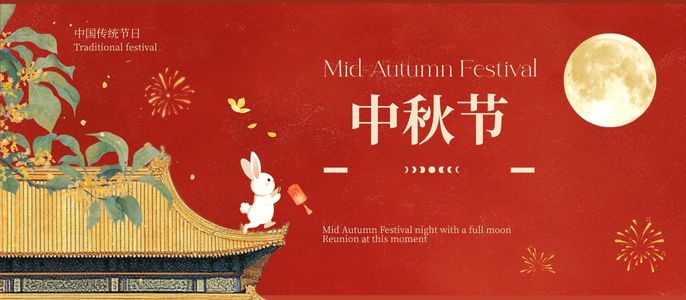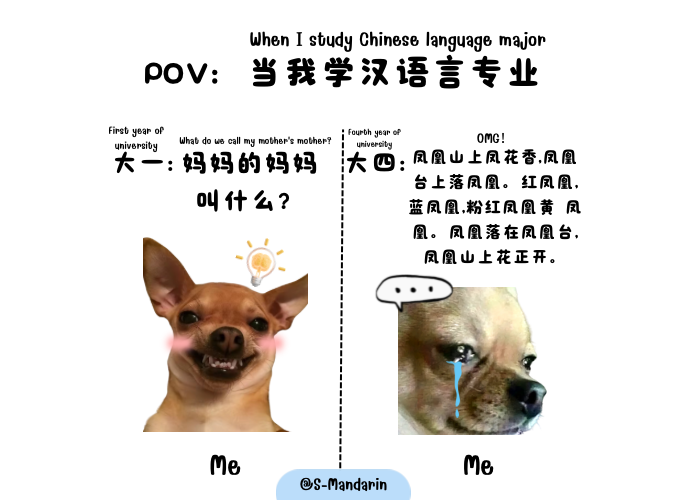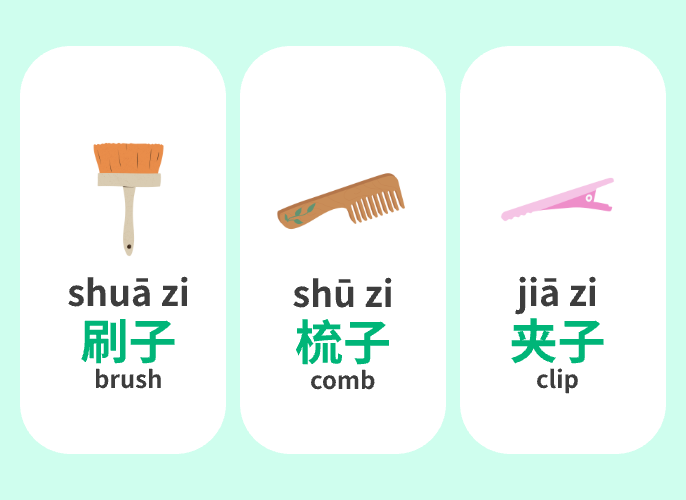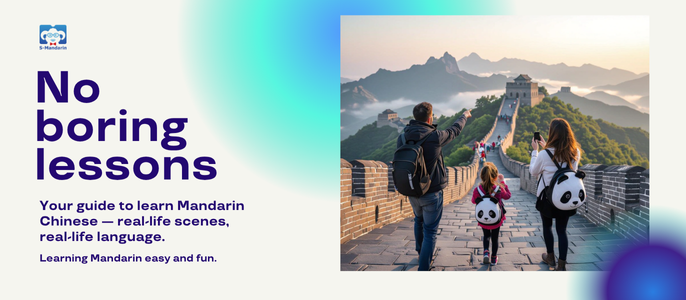Hot Articles
Mastering Mandarin: Your Ultimate Guide to Greetings & New Year Wishes
How To say Happy New Year in Chinese
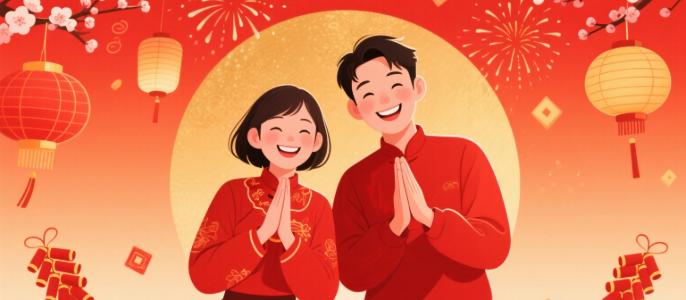
Learning Mandarin opens up a world of opportunities, fostering connections across cultures and unlocking a wealth of experiences. From mastering simple greetings to sharing heartfelt New Year wishes, your journey begins here. Whether you’re a complete beginner or looking to refine your skills, this ultimate guide is crafted just for you. We’ll explore essential phrases and conversational tips to impress native speakers and navigate social situations confidently.
The Importance of Greetings in Chinese Culture
In Chinese cultures, greetings hold an intrinsic value that transcends mere words. They are a fundamental part of social interactions and are deeply rooted in the customs and traditions of Chinese society. The way you greet someone can set the tone for the entire conversation, making it crucial to get it right. Whether you are meeting someone for the first time or reconnecting with a friend, a proper greeting shows respect and politeness, which are highly regarded in Chinese culture.
Understanding the cultural significance of greetings goes beyond the linguistic aspect. In Chinese, greetings are not only a way to acknowledge someone's presence but also an opportunity to show goodwill and build rapport. This cultural nuance is why learning and mastering Mandarin greetings is essential for anyone looking to make meaningful connections in Chinese-speaking communities.
Moreover, greetings in Mandarin are often accompanied by specific gestures, such as a slight bow or a handshake, depending on the formality of the situation. By mastering these greetings, you not only improve your language skills but also enhance your cultural competence, making you a more effective and respectful communicator.
Essential Greetings for Everyday Use
When it comes to everyday interactions, there are several essential Mandarin greetings that you should be familiar with. One of the most common and versatile greetings is "你好" (nǐ hǎo), which translates to "hello" in English. This greeting can be used in almost any situation, whether you are meeting someone for the first time or seeing a friend. It's a simple yet effective way to start a conversation and show that you are making an effort to speak the language.
For more formal settings, you might use "您好" (nín hǎo), which is a polite way to say "hello." The use of "您" (nín) instead of "你" (nǐ) adds a level of respect and is appropriate when addressing elders, superiors, or anyone you want to show deference to. This subtle change in wording reflects the importance of hierarchy and respect in Mandarin-speaking cultures.
Another useful greeting is "早上好" (zǎo shang hǎo), meaning "good morning." This is a great way to start your day positively and show consideration for the time of day. Similarly, "下午好" (xià wǔ hǎo) means "good afternoon," and "晚上好" (wǎn shàng hǎo) translates to "good evening." These time-specific greetings can help you navigate different parts of the day with ease and show that you are attentive to cultural norms.
New Year Wishes in Chinese
As the Lunar New Year approaches, it's customary to extend well-wishes to friends, family, and colleagues. One of the most popular New Year greetings is "新年快乐" (xīn nián kuài lè), which means "Happy New Year." This phrase is widely used and instantly brings joy and positivity to the recipient. It's a versatile greeting that can be used in various contexts, from casual encounters to more formal celebrations.
For a more prosperous wish, you might say "恭喜发财" (gōng xǐ fā cái), which translates to "Wishing you wealth and prosperity." This greeting is especially popular during the New Year festivities, as it reflects the cultural importance of prosperity and success in the coming year. It's often accompanied by the gesture of handing out red envelopes (红包, hóng bāo) filled with money, symbolizing good fortune.
Another heartfelt wish is "身体健康" (shēn tǐ jiàn kāng), meaning "Wish you good health." Health is a cherished value in Chinese culture, and this greeting shows that you care about the well-being of your loved ones. It's a thoughtful addition to your repertoire of New Year wishes and complements the more material-focused greetings, providing a balanced expression of goodwill.
Traditional vs. Modern New Year Greetings
The evolution of New Year greetings in Mandarin reflects the dynamic nature of Chinese culture. Traditional greetings often center around themes of prosperity, longevity, and happiness. Phrases like "岁岁平安" (suì suì píng ān), meaning "May you have peace year after year," and "年年有余" (nián nián yǒu yú), meaning "May you have abundance every year," are deeply embedded in the cultural fabric and are still widely used today.
In contrast, modern New Year greetings have adapted to contemporary contexts, incorporating elements of humor, technology, and creativity. With the rise of social media and instant messaging, people often send digital New Year greetings, including emojis, gifs, and personalized messages. For example, you might receive a message like "新年快乐😊" (xīn nián kuài lè), blending traditional text with modern emoticons to create a playful yet meaningful greeting.
Despite these changes, the essence of New Year greetings remains the same: to express good wishes and foster a sense of community and connection. Whether you choose to stick with traditional phrases or embrace modern variations, the key is to convey your sincerity and warmth. This balance between tradition and modernity allows you to engage with different generations and social circles, making your New Year greetings more inclusive and impactful.
The Significance of the Chinese New Year in Chinese Culture
The Chinese New Year, also known as the Spring Festival (春节, chūn jié), is the most important and widely celebrated festival in Chinese culture. It marks the beginning of a new lunar year and is a time for family reunions, feasting, and various cultural traditions. The festival typically lasts for 15 days, culminating in the Lantern Festival (元宵节, yuán xiāo jié), a celebration marked by lantern displays and cultural performances.
During the Lunar New Year, numerous customs and rituals are observed to usher in good fortune and drive away bad luck. One such tradition is the thorough cleaning of homes before the New Year to sweep away any ill fortune and make way for incoming good luck. Decorations in red, a color symbolizing prosperity and happiness, adorn homes, streets, and public places. Red couplets (春联, chūn lián) with auspicious phrases are hung on doorways, adding to the festive atmosphere.
Family plays a central role during the Lunar New Year celebrations. It's customary for family members to gather for a reunion dinner on New Year's Eve, known as "年夜饭" (nián yè fàn). This meal is often the most significant feast of the year, featuring a variety of traditional dishes that symbolize wealth, health, and happiness. Fish, for instance, is a common dish as the word for fish (鱼, yú) sounds like "surplus" in Mandarin, signifying abundance. This emphasis on family and tradition makes the Lunar New Year a deeply meaningful and cherished time for Chinese communities worldwide.
Embrace the Journey of Learning Mandarin
Learning Mandarin unlocks deeper cultural understanding and meaningful connections. By mastering greetings and New Year wishes—and utilizing language apps and resources—you tailor the journey to your goals.
Remember: Progress requires patience, persistence, and practice. Celebrate small victories, engage native speakers, and immerse yourself in the culture. Each step builds fluency and cultural insight.
Embrace this adventure with an open mind. Learning Mandarin is more than acquiring a skill; it's exploring rich traditions and perspectives. Let your passion guide you. Happy learning, and 新年快乐 (xīn nián kuài lè)!
